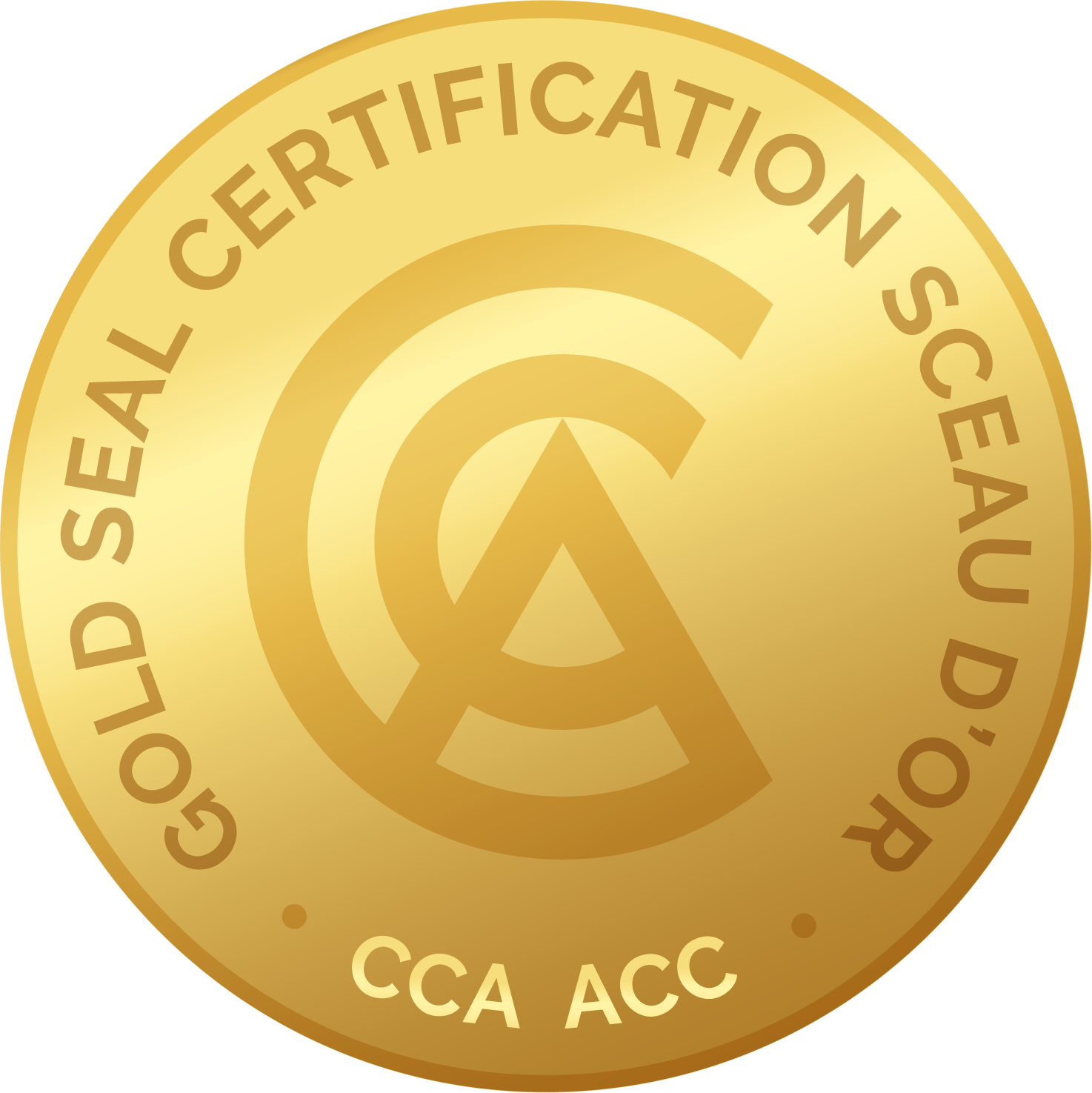Trade Safety Coordinator (TSC)
Gold Seal: 10 Credits
Description
The TSC course teaches students the Worker’s Compensation Act and the Occupational Health and Safety Regulation for BC. Students will be able to explain the history of safety, the basic principles for an Occupational Health and Safety program, and its roles.
COURSE CONTENT
The participant will be able to understand the following:
- Communication
- Meetings
- Crew Talks
- History of Safety
- WorkSafeBC – Roles of the board and officers
- Due Diligence
- Principles of occupational health and safety
- Hazard Assessment
- Emergency Management
- Training & Education
- Inspection
- Joint Health and Safety Committees/Workers Representatives’ roles and functions
- Incident Investigation
**Please Note: If you are already registered for a class and go to one of our other locations, in error and are late to your course, you will not be permitted into the class. If your class is on the weekend, please be advised there will be no office staff to monitor the phones. Please ensure that you arrive at least 15 minutes early for your class!**
COURSE LENGTH
The duration of the TSC course is 35 hours over 5 classroom days.
CERTIFICATION
Certification for the Trade Safety Coordinator course requires full participation and course attendance. Candidates must demonstrate practical skill competency and achieve 75% in their assignments and 75% on the exam. Upon successful completion, the participant will receive certification that is valid for five years and will be able to complete the Construction Safety Officer (CSO) program.
Delivery Method: Classroom Session
Course Fee Includes: All books and materials, and upon completion a certificate valid for 3 years.
Prerequisites
To qualify for the Trade Safety Coordinator (TSC) course and subsequent certification, a person must be at least 16 years old and have the physical ability to perform first aid skills required to complete the learning tasks. Completion of the first aid course Occupational First Aid Level 1/Basic First Aid (CSA Standard) is recommended but not required.
Course Credit Information

The course is eligible for 10 CCA Gold Seal education credits upon completion.
Registrants seeking gold seal credits for this course will be required to submit to CCA a copy of their certificate of completion.